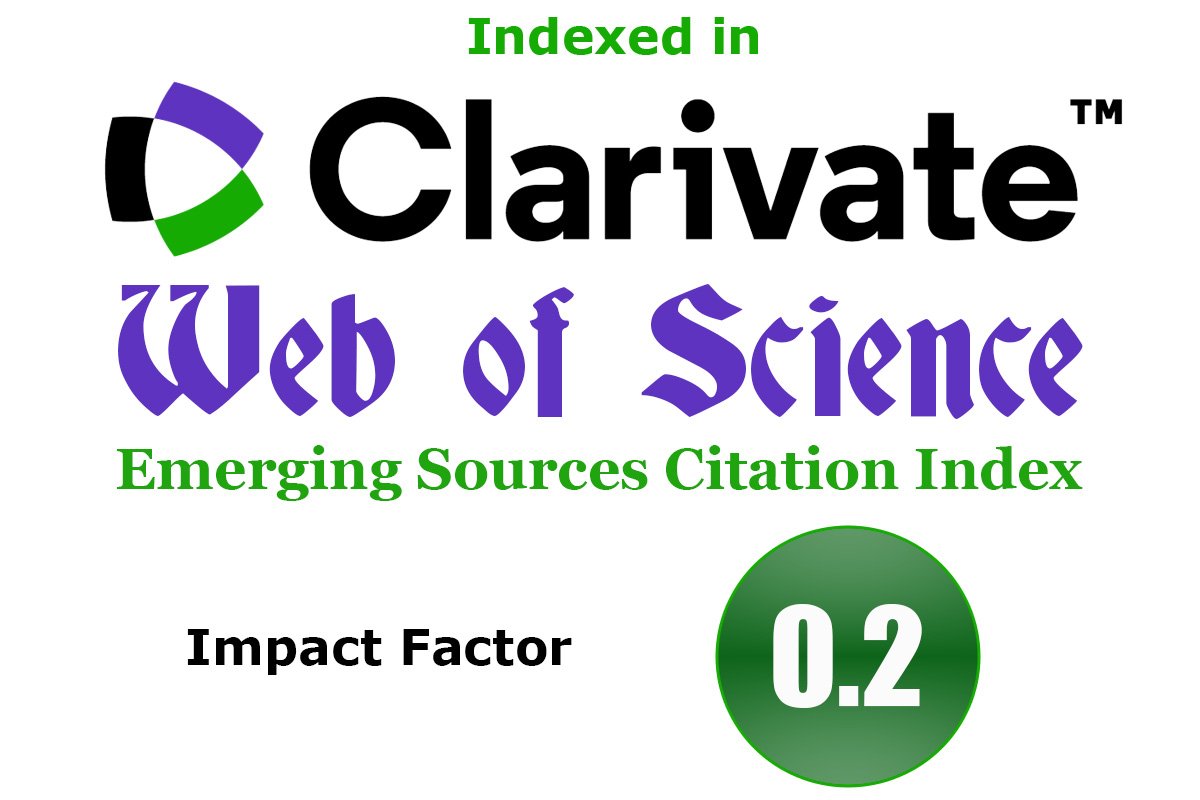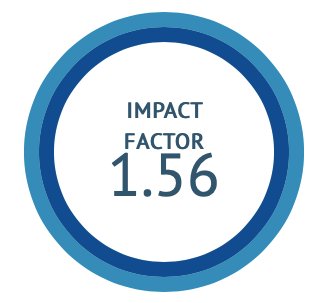Simultaneous estimation of epigallocatechin, fisetin, and quercetin in Acacia suma and its potential against postprandial hyperglycemia
DOI:
https://doi.org/10.47552/ijam.v13i1.2361Keywords:
Acacia suma, Anti-diabetic, Epigallocatechin, Fisetin, RP-HPLC, QuercetinAbstract
Anti-diabetic activity of the plants may follow one or the other mechanism such as their ability to restore the pancreatic tissue function or increase in insulin output or inhibiting the intestinal absorption of glucose or inhibiting the pancreatic enzymes like alpha-amylase, alpha-glucosidase, etc. The alpha-amylase and alpha-glucosidase inhibition assays were performed to analyze the anti-diabetic potential of Acacia suma. RP-HPLC method was developed and validated for simultaneous estimation of Epigallocatechin (EGC), Fisetin (FT), and Quercetin (QT) in hydroalcoholic extract (HAE) of Acacia suma and formulations. The simultaneous estimation was performed using the Luna C18 column with 20µl sample injection volume. Whereas, acetonitrile and phosphate buffer (0.1%, 30:70 v/v, pH 2.7) was used for resolution as mobile phase with column temperature 40 OC and flow rate 1 ml/min. The IC50 for alpha-amylase inhibition and alpha-glucosidase inhibition activity was found to be 12.5µg/ml and 93.79µg/ml respectively was compared with standards. The developed method was found simple, specific, precise and linear with regression coefficient (R2 = 0.999) over the selected range of concentration (2.5-160 μg/mL) having detection limits 0.076, 0.012, 0.010 μg/mL and quantification limits 0.231, 0.038, 0.031 μg/mL for EGC, FT and QT respectively. In-vitro alpha-amylase and alpha-glucosidase inhibition assay support the traditional claim of the plant in the treatment of metabolic disorders. The established RP-HPLC method demonstrates the precise and easy determination of EGC, FT, and QT and is effectively studied by a gradient elution system.
Downloads
Published
How to Cite
Issue
Section
License
Copyright (c) 2022 International Journal of Ayurvedic Medicine

This work is licensed under a Creative Commons Attribution 4.0 International License.
The author hereby transfers, assigns, or conveys all copyright ownership to the International Journal of Ayurvedic Medicine (IJAM). By this transfer, the article becomes the property of the IJAM and may not be published elsewhere without written permission from the IJAM.
This transfer of copyright also implies transfer of rights for printed, electronic, microfilm, and facsimile publication. No royalty or other monetary compensation will be received for transferring the copyright of the article to the IJAM.
The IJAM, in turn, grants each author the right to republish the article in any book for which he or she is the author or editor, without paying royalties to the IJAM, subject to the express conditions that (a) the author notify IJAM in advance in writing of this republication and (b) a credit line attributes the original publication to IJAM.




